| Western blot (WB): | 1:500-2000 |
| Immunohistochemistry (IHC): | 1:50-400 |
| Immunocytochemistry/Immunofluorescence (ICC/IF): | 1:50-400 |
| Immunofluorescence (IF): | 1:50-400 |
| (Boiling the paraffin sections in 10mM citrate buffer,pH6.0,or PH8.0 EDTA repair liquid for 20 mins is required for the staining of formalin/paraffin sections.) Optimal working dilutions must be determined by end user. | |
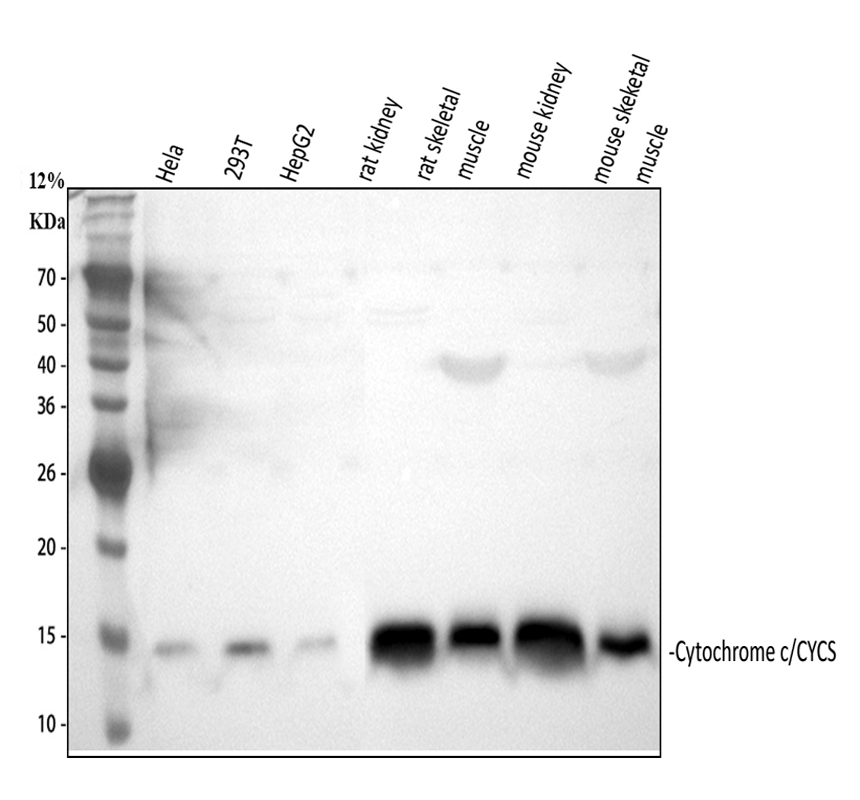
Figure 1. Western blot analysis of Cytochrome c/CYCS using anti-Cytochrome c/CYCS antibody (PB9334). The sample well of each lane was loaded with 30 ug of sample under reducing conditions.
Lane 1: human Hela whole cell lysates,
Lane 2: human 293T whole cell lysates,
Lane 3: human HepG2 whole cell lysates,
Lane 4: rat kidney tissue lysates,
Lane 5: rat skeletal muscle tissue lysates,
Lane 6: mouse kidney tissue lysates,
Lane 7: mouse skeletal muscle tissue lysates.
After electrophoresis, proteins were transferred to a membrane. Then the membrane was incubated with rabbit anti-Cytochrome c/CYCS antigen affinity purified polyclonal antibody (PB9334) at a dilution of 1:1000 and probed with a goat anti-rabbit IgG-HRP secondary antibody (Catalog # BA1054). The signal is developed using ECL Plus Western Blotting Substrate (Catalog # AR1197). A specific band was detected for Cytochrome c/CYCS at approximately 14 kDa. The expected band size for Cytochrome c/CYCS is at 12 kDa.
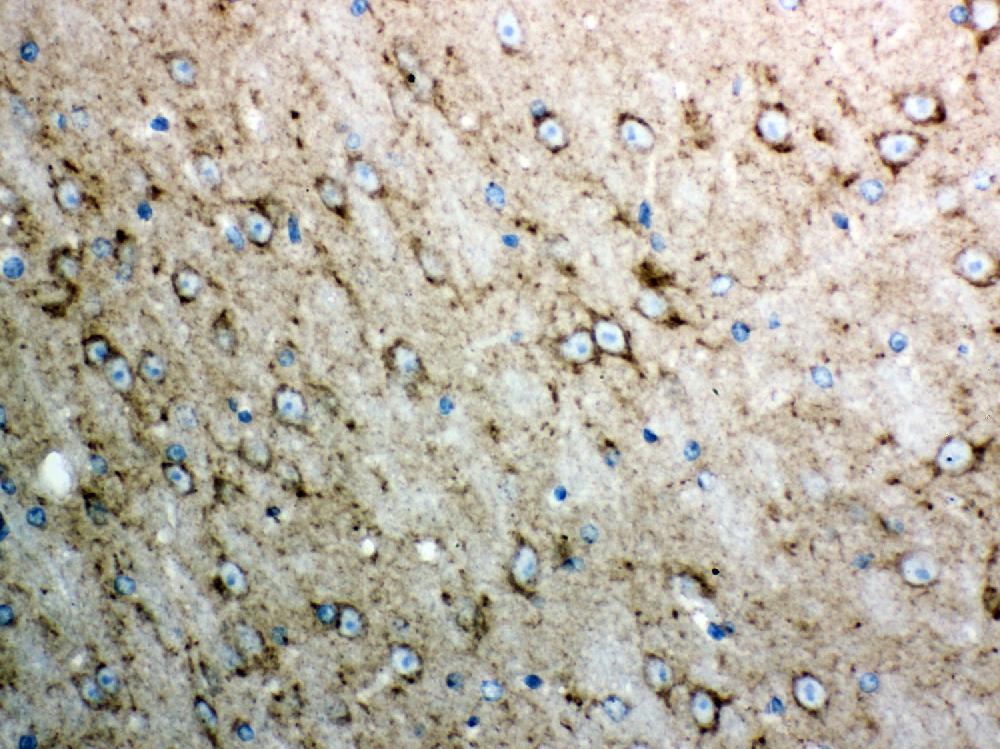
Figure 2. IHC analysis of Cytochrome c/CYCS using anti-Cytochrome c/CYCS antibody (PB9334).
Cytochrome c/CYCS was detected in a paraffin-embedded section of mouse brain tissue. Biotinylated goat anti-rabbit IgG was used as secondary antibody. The tissue section was incubated with rabbit anti-Cytochrome c/CYCS Antibody (PB9334) at a dilution of 1:200 and developed using Strepavidin-Biotin-Complex (SABC) (Catalog # SA1022) with DAB (Catalog # AR1022) as the chromogen.
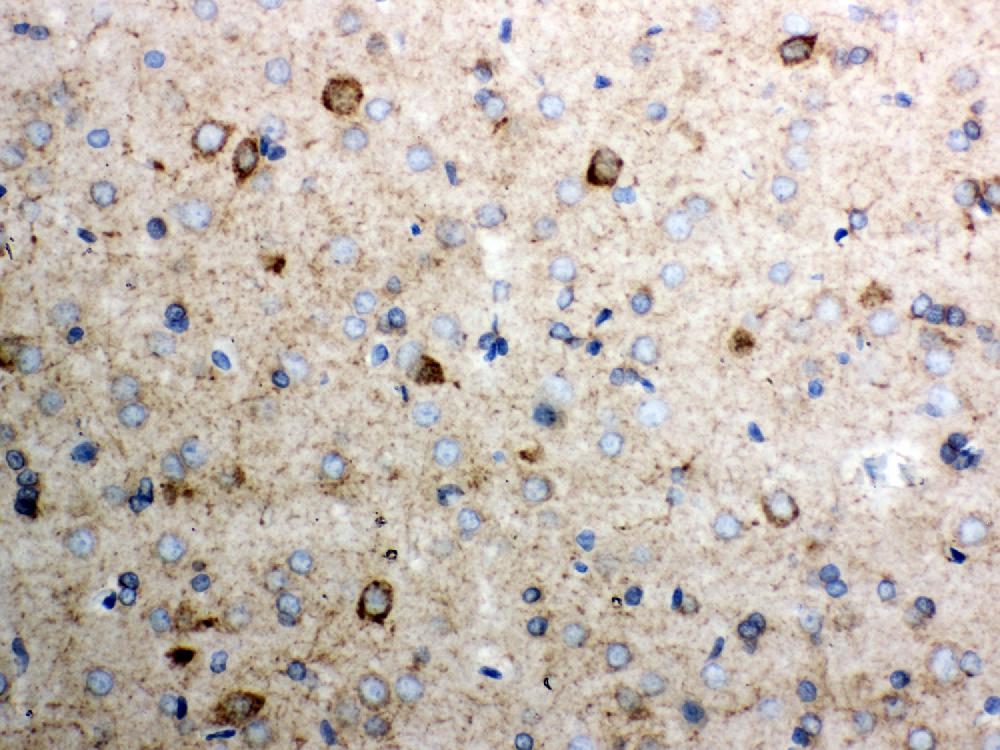
Figure 3. IHC analysis of Cytochrome c/CYCS using anti-Cytochrome c/CYCS antibody (PB9334).
Cytochrome c/CYCS was detected in a paraffin-embedded section of rat brain tissue. Biotinylated goat anti-rabbit IgG was used as secondary antibody. The tissue section was incubated with rabbit anti-Cytochrome c/CYCS Antibody (PB9334) at a dilution of 1:200 and developed using Strepavidin-Biotin-Complex (SABC) (Catalog # SA1022) with DAB (Catalog # AR1022) as the chromogen.
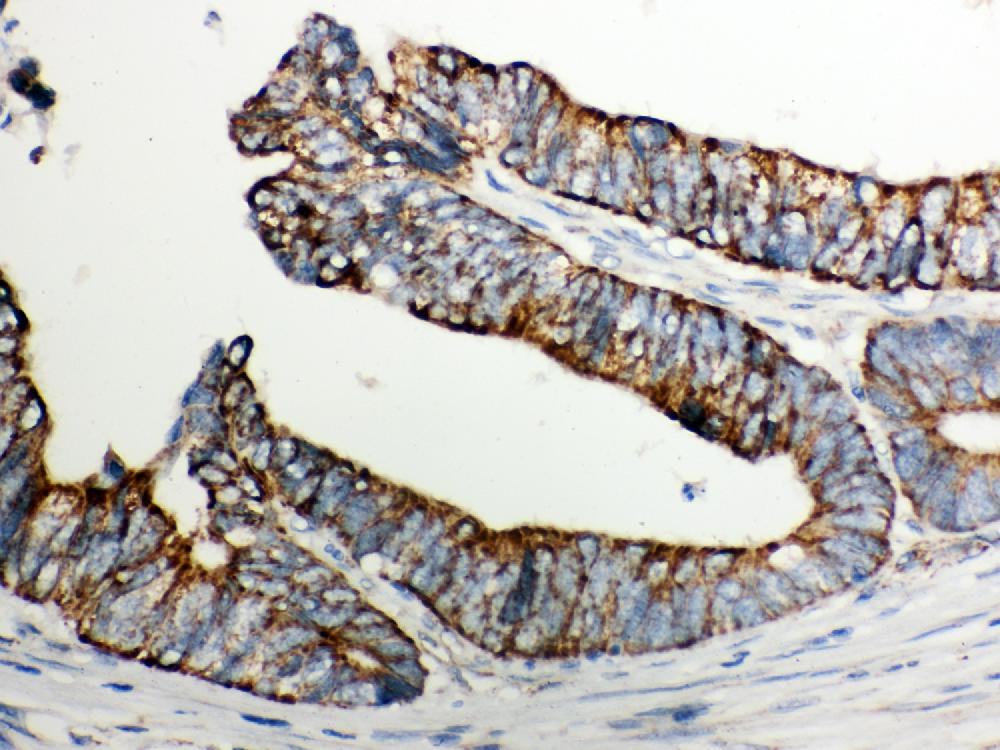
Figure 4. IHC analysis of Cytochrome c/CYCS using anti-Cytochrome c/CYCS antibody (PB9334).
Cytochrome c/CYCS was detected in a paraffin-embedded section of human intestinal cancer tissue. Biotinylated goat anti-rabbit IgG was used as secondary antibody. The tissue section was incubated with rabbit anti-Cytochrome c/CYCS Antibody (PB9334) at a dilution of 1:200 and developed using Strepavidin-Biotin-Complex (SABC) (Catalog # SA1022) with DAB (Catalog # AR1022) as the chromogen.
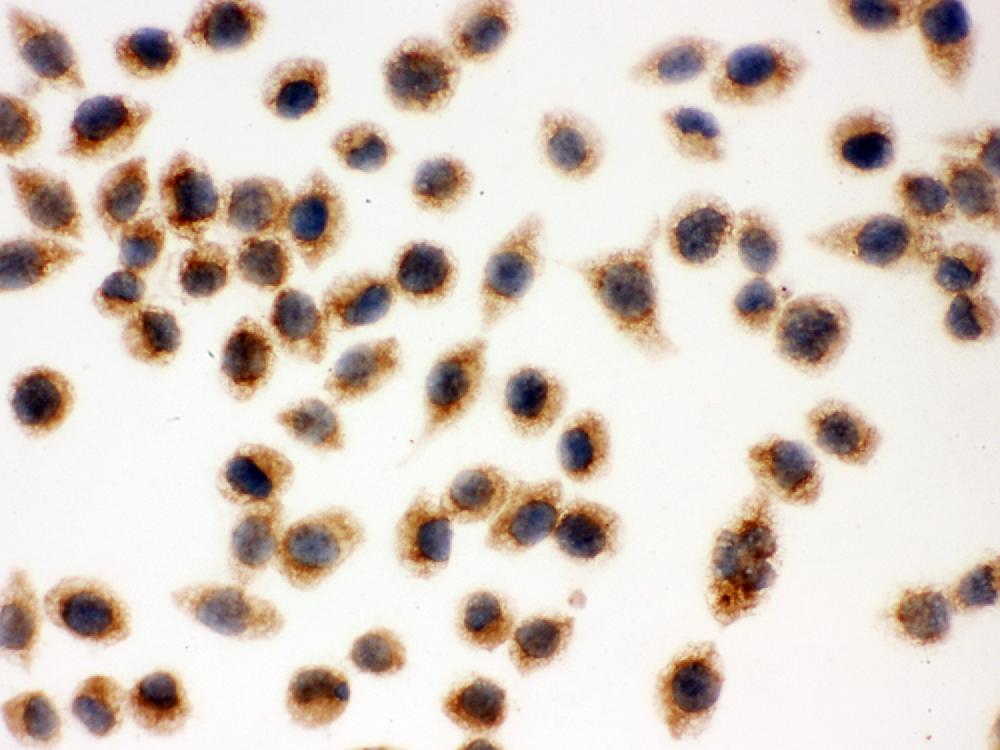
Figure 5. ICC analysis of Cytochrome c/CYCS using anti- Cytochrome c/CYCS antibody (PB9334).
Cytochrome c/CYCS was detected in an immunocytochemical section of SMMC-7721 cells. The section was incubated with rabbit anti-Cytochrome c/CYCS Antibody (PB9334) at a dilution of 1:100. Biotinylated goat anti-rabbit IgG was used as secondary antibody. The section was developed using Strepavidin-Biotin-Complex (SABC)(Catalog # SA1022) with DAB (Catalog # AR1022) as the chromogen.
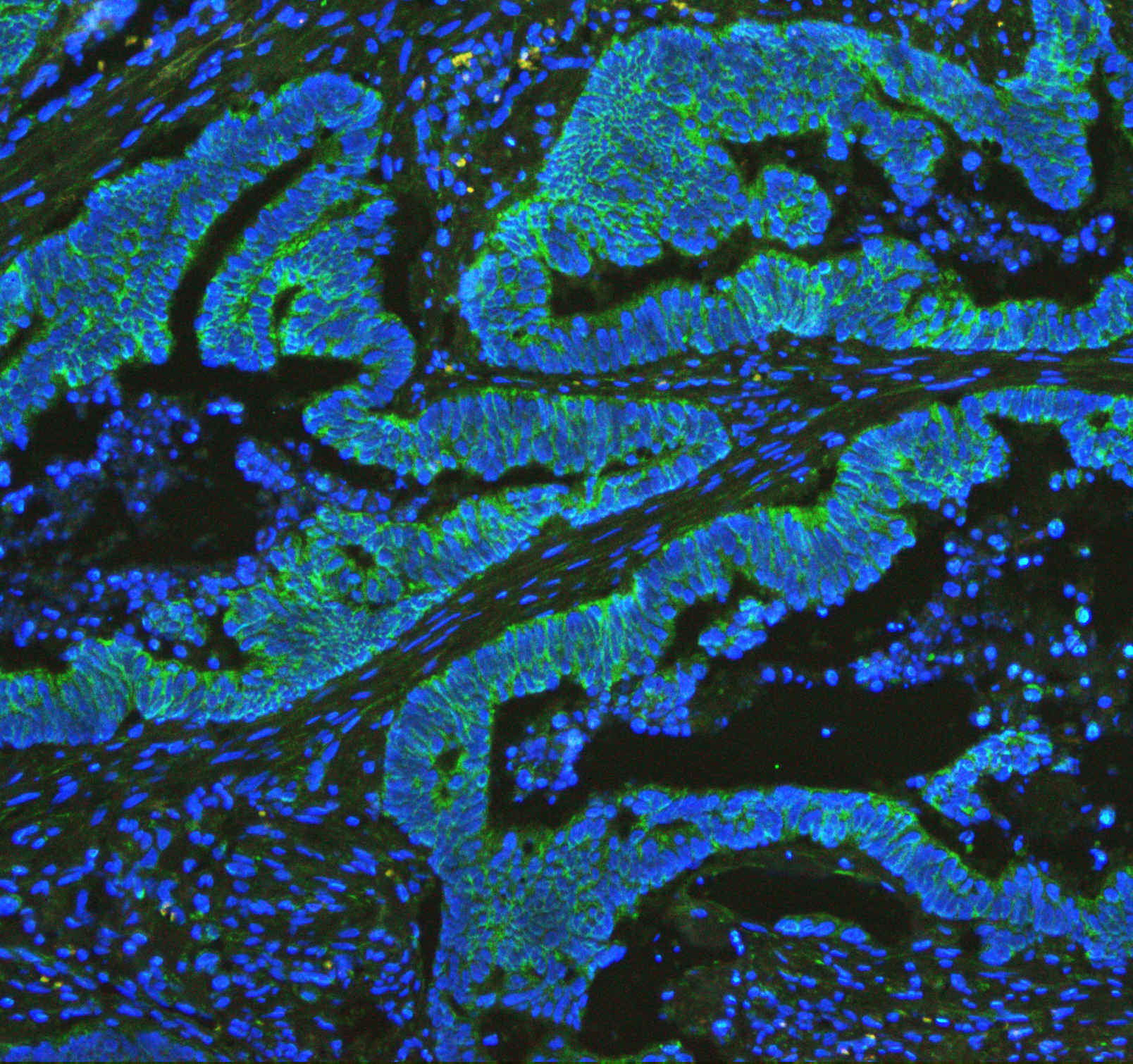
Figure 6. IF analysis of Cytochrome C using anti- Cytochrome C antibody (PB9334)
Cytochrome C was detected in paraffin-embedded section of human intestinal cancer tissues. Heat mediated antigen retrieval was performed in citrate buffer (pH6, epitope retrieval solution ) for 20 mins. The tissue section was blocked with 10% goat serum. The tissue section was then incubated with 1μg/mL rabbit anti- Cytochrome C Antibody (PB9334) overnight at 4°C. DyLight488 Conjugated Goat Anti-Rabbit IgG (BA1127) was used as secondary antibody at 1:100 dilution and incubated for 30 minutes at 37°C. The section was counterstained with DAPI. Visualize using a fluorescence microscope and filter sets appropriate for the label used.
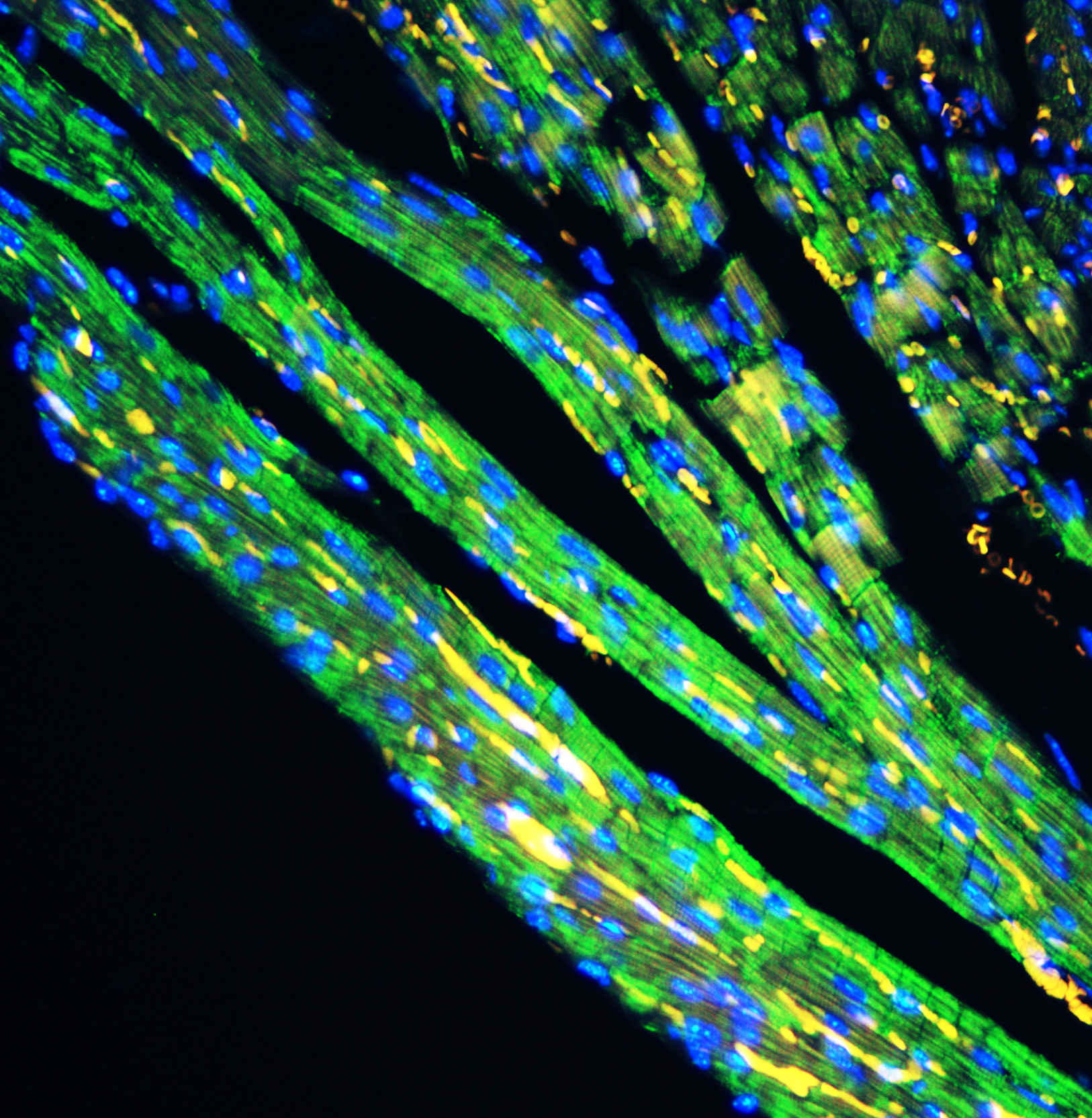
Figure 7. IF analysis of Cytochrome C using anti- Cytochrome C antibody (PB9334)
Cytochrome C was detected in paraffin-embedded section of mouse cardiac muscle tissues. Heat mediated antigen retrieval was performed in citrate buffer (pH6, epitope retrieval solution ) for 20 mins. The tissue section was blocked with 10% goat serum. The tissue section was then incubated with 1μg/mL rabbit anti- Cytochrome C Antibody (PB9334) overnight at 4°C. DyLight488 Conjugated Goat Anti-Rabbit IgG (BA1127) was used as secondary antibody at 1:100 dilution and incubated for 30 minutes at 37°C. The section was counterstained with DAPI. Visualize using a fluorescence microscope and filter sets appropriate for the label used.
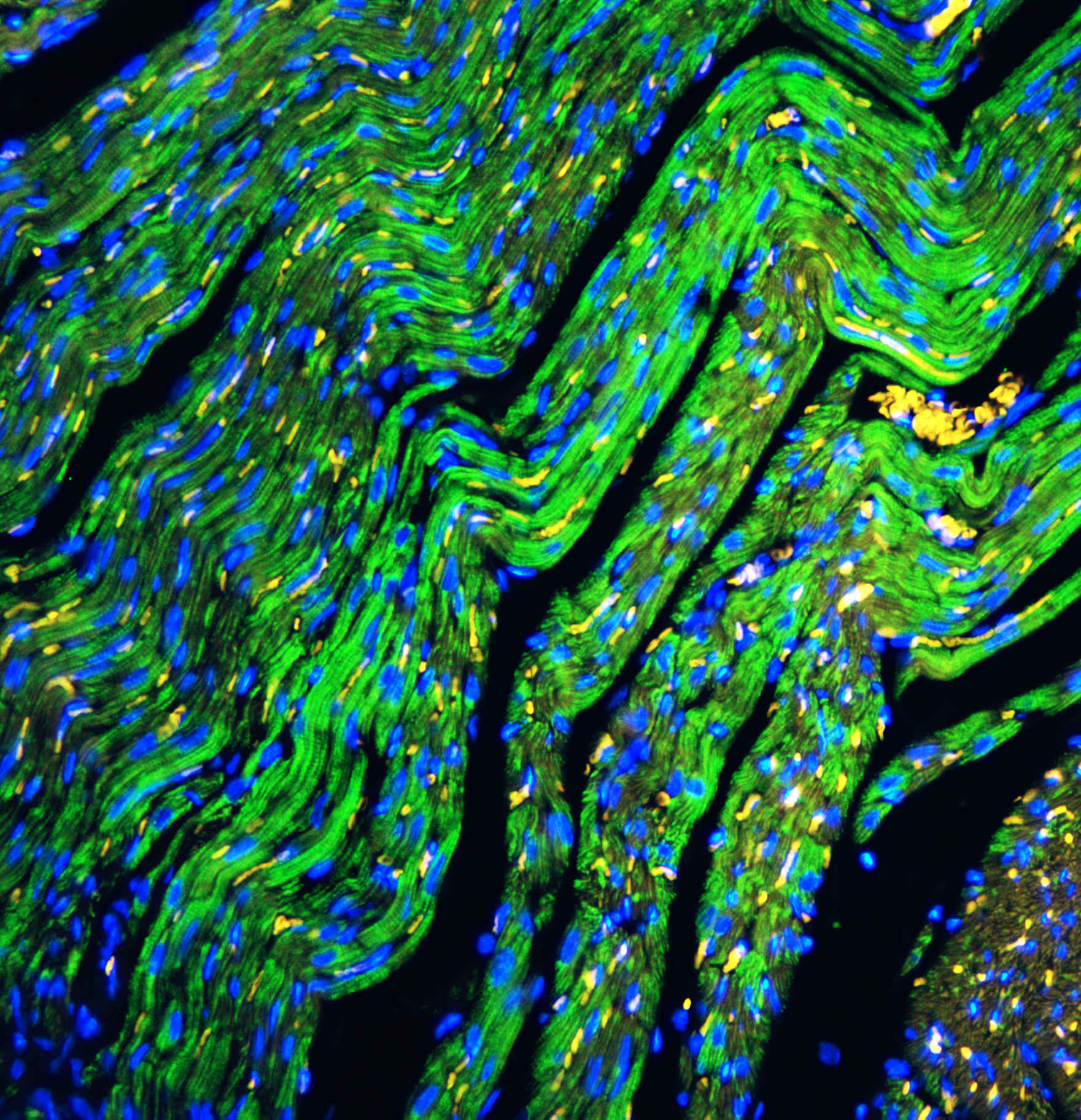
Figure 8. IF analysis of Cytochrome C using anti- Cytochrome C antibody (PB9334)
Cytochrome C was detected in paraffin-embedded section of rat cardiac muscle tissues. Heat mediated antigen retrieval was performed in citrate buffer (pH6, epitope retrieval solution ) for 20 mins. The tissue section was blocked with 10% goat serum. The tissue section was then incubated with 1μg/mL rabbit anti- Cytochrome C Antibody (PB9334) overnight at 4°C. DyLight488 Conjugated Goat Anti-Rabbit IgG (BA1127) was used as secondary antibody at 1:100 dilution and incubated for 30 minutes at 37°C. The section was counterstained with DAPI. Visualize using a fluorescence microscope and filter sets appropriate for the label used.

Figure 1. Western blot analysis of Cytochrome c/CYCS using anti-Cytochrome c/CYCS antibody (PB9334). The sample well of each lane was loaded with 30 ug of sample under reducing conditions.
Lane 1: human Hela whole cell lysates,
Lane 2: human 293T whole cell lysates,
Lane 3: human HepG2 whole cell lysates,
Lane 4: rat kidney tissue lysates,
Lane 5: rat skeletal muscle tissue lysates,
Lane 6: mouse kidney tissue lysates,
Lane 7: mouse skeletal muscle tissue lysates.
After electrophoresis, proteins were transferred to a membrane. Then the membrane was incubated with rabbit anti-Cytochrome c/CYCS antigen affinity purified polyclonal antibody (PB9334) at a dilution of 1:1000 and probed with a goat anti-rabbit IgG-HRP secondary antibody (Catalog # BA1054). The signal is developed using ECL Plus Western Blotting Substrate (Catalog # AR1197). A specific band was detected for Cytochrome c/CYCS at approximately 14 kDa. The expected band size for Cytochrome c/CYCS is at 12 kDa.

Figure 2. IHC analysis of Cytochrome c/CYCS using anti-Cytochrome c/CYCS antibody (PB9334).
Cytochrome c/CYCS was detected in a paraffin-embedded section of mouse brain tissue. Biotinylated goat anti-rabbit IgG was used as secondary antibody. The tissue section was incubated with rabbit anti-Cytochrome c/CYCS Antibody (PB9334) at a dilution of 1:200 and developed using Strepavidin-Biotin-Complex (SABC) (Catalog # SA1022) with DAB (Catalog # AR1022) as the chromogen.

Figure 3. IHC analysis of Cytochrome c/CYCS using anti-Cytochrome c/CYCS antibody (PB9334).
Cytochrome c/CYCS was detected in a paraffin-embedded section of rat brain tissue. Biotinylated goat anti-rabbit IgG was used as secondary antibody. The tissue section was incubated with rabbit anti-Cytochrome c/CYCS Antibody (PB9334) at a dilution of 1:200 and developed using Strepavidin-Biotin-Complex (SABC) (Catalog # SA1022) with DAB (Catalog # AR1022) as the chromogen.

Figure 4. IHC analysis of Cytochrome c/CYCS using anti-Cytochrome c/CYCS antibody (PB9334).
Cytochrome c/CYCS was detected in a paraffin-embedded section of human intestinal cancer tissue. Biotinylated goat anti-rabbit IgG was used as secondary antibody. The tissue section was incubated with rabbit anti-Cytochrome c/CYCS Antibody (PB9334) at a dilution of 1:200 and developed using Strepavidin-Biotin-Complex (SABC) (Catalog # SA1022) with DAB (Catalog # AR1022) as the chromogen.

Figure 5. ICC analysis of Cytochrome c/CYCS using anti- Cytochrome c/CYCS antibody (PB9334).
Cytochrome c/CYCS was detected in an immunocytochemical section of SMMC-7721 cells. The section was incubated with rabbit anti-Cytochrome c/CYCS Antibody (PB9334) at a dilution of 1:100. Biotinylated goat anti-rabbit IgG was used as secondary antibody. The section was developed using Strepavidin-Biotin-Complex (SABC)(Catalog # SA1022) with DAB (Catalog # AR1022) as the chromogen.

Figure 6. IF analysis of Cytochrome C using anti- Cytochrome C antibody (PB9334)
Cytochrome C was detected in paraffin-embedded section of human intestinal cancer tissues. Heat mediated antigen retrieval was performed in citrate buffer (pH6, epitope retrieval solution ) for 20 mins. The tissue section was blocked with 10% goat serum. The tissue section was then incubated with 1μg/mL rabbit anti- Cytochrome C Antibody (PB9334) overnight at 4°C. DyLight488 Conjugated Goat Anti-Rabbit IgG (BA1127) was used as secondary antibody at 1:100 dilution and incubated for 30 minutes at 37°C. The section was counterstained with DAPI. Visualize using a fluorescence microscope and filter sets appropriate for the label used.

Figure 7. IF analysis of Cytochrome C using anti- Cytochrome C antibody (PB9334)
Cytochrome C was detected in paraffin-embedded section of mouse cardiac muscle tissues. Heat mediated antigen retrieval was performed in citrate buffer (pH6, epitope retrieval solution ) for 20 mins. The tissue section was blocked with 10% goat serum. The tissue section was then incubated with 1μg/mL rabbit anti- Cytochrome C Antibody (PB9334) overnight at 4°C. DyLight488 Conjugated Goat Anti-Rabbit IgG (BA1127) was used as secondary antibody at 1:100 dilution and incubated for 30 minutes at 37°C. The section was counterstained with DAPI. Visualize using a fluorescence microscope and filter sets appropriate for the label used.

Figure 8. IF analysis of Cytochrome C using anti- Cytochrome C antibody (PB9334)
Cytochrome C was detected in paraffin-embedded section of rat cardiac muscle tissues. Heat mediated antigen retrieval was performed in citrate buffer (pH6, epitope retrieval solution ) for 20 mins. The tissue section was blocked with 10% goat serum. The tissue section was then incubated with 1μg/mL rabbit anti- Cytochrome C Antibody (PB9334) overnight at 4°C. DyLight488 Conjugated Goat Anti-Rabbit IgG (BA1127) was used as secondary antibody at 1:100 dilution and incubated for 30 minutes at 37°C. The section was counterstained with DAPI. Visualize using a fluorescence microscope and filter sets appropriate for the label used.







